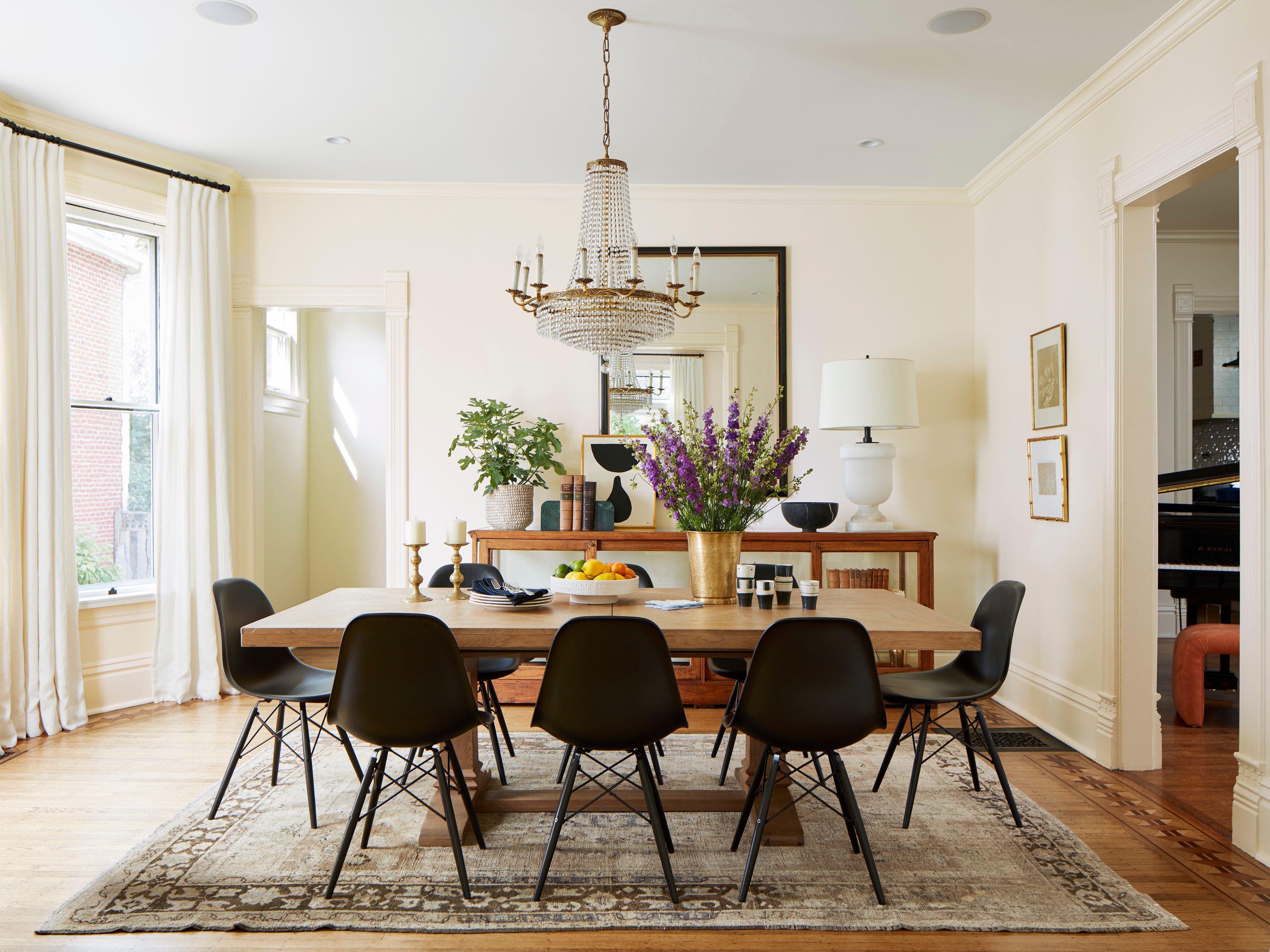The newly manufactured table you thought was an investment piece barely survived one move. Yet, you're the third owner of your grandma's dresser, and it's sturdier than ever. It's common lived experiences like this that make us question whether furniture quality is declining in general.
It's not your imagination. Industry professionals are noticing it too, and we're trying to understand the reason why. We asked three design and furniture experts for their take on the matter, and here's what we learned.
- Abigail Morris is a designer and the owner of her own firm in Chicago. She specializes in traditional, eclectic interiors that showcase color, patterns, vintage pieces, and heirloom furniture.
- Sarah Montgomery owns a boutique residential design firm based in Chicago. Previously, she spent a decade working in luxury product design for a furniture and bedding company.
- Terri Brien is the owner of a full-service boutique interior design firm in California. She creates timeless interiors infused with natural textures, storied finds, and bespoke details.
Although fast furniture has existed for decades, designer Sarah Montgomery has noticed it has dominated the market more than ever in recent years. "It’s hard not to notice how much the quality of new furniture has dropped lately, especially since so many people order furniture online," she says. "People are choosing based on price and fast shipping instead of seeing things in person."
Terri Brien has worked in the interior design industry for two decades and has also noticed a more rapid decline in furniture quality, especially over the past five years. "I’ve absolutely noticed a shift in the quality of newly manufactured furniture," she says. "Since the pandemic, shipping and material costs have soared, and those pressures and costs have trickled down into how furniture is made."
Reasons Behind the Decline
Since we've established that the quality of furniture is indeed an issue, we want to know more about why this is—here's what the experts say.
Planned Obsolescence
Designer Abigail Morris believes there are several reasons behind the dip in modern-day furniture quality, but one is actually intentional. She describes the motive as planned obsolescence.
"Planned obsolescence is a fancy way of saying that many companies are now designing furniture with a shorter lifespan in mind," she says. "The name of the game is to get the product out to as many consumers as possible, often at a lower price point, with the understanding that the furniture might not last as long," She notes that this approach encourages consumers to replace furniture more frequently, which ultimately drives sales.
Lack of Quality Control
Montgomery places most of the blame on cutting labor costs rather than supply chain issues.
"There is a lack of quality control," she says. "Companies would rather send a replacement than pay someone to inspect and properly package the first one. We recently ordered an upholstered bed from a big-name retailer, and it showed up twice with no packaging and was damaged both times."
If you're curious about whether a furniture manufacturer has cut corners in its quality control department, look for a quality control sticker on the item.
The Fast Trend Cycle
Brien and Morris both believe the constant cycle of a new trend is another factor why fewer things are made to last these days. Humans have chased trends since ancient times, but the difference today is the speed at which they shift, and Morris blames social media.
"Many consumers now shop with the mindset that if they want to refresh their interiors in a few years, they’ll just replace what they have," Brien says. "With online shopping making it easier to prioritize speed and trendy styles over longevity and timeless pieces, craftsmanship has often taken a back seat."
Why Investing in Quality Furniture Matters
One major concern with fast furniture is its impact on the environment. Newly manufactured pieces that fall apart after a few years are more likely to end up in a landfill than a thrift store.
"Not only is fast furniture piling up in landfills at an alarming rate, but many of its materials, such as MDF (medium-density fibreboard) and plastic laminates, are not recyclable," Morris points out. "Furthermore, the constant demand for fast furniture contributes to high carbon emissions as these items are shipped all over the country to consumers."
Quality furniture is typically more sustainable because it's built to last. This decreases the need for frequent replacements, which ultimately reduces waste over time.
Related
How to Find Well-Made Pieces
Luckily, it's not all doom and gloom when it comes to the state of the furniture industry.
"While fast furniture dominates for accessibility, smaller artisan makers and heritage brands are doubling down on quality, contrasting 'throwaway' and 'forever' pieces more apparent than ever," Brien says.
Shopping from smaller businesses or local makers that prioritize quality over mass production is key if your budget allows. If not, all three designers suggest scouring flea markets and Facebook Marketplace for vintage and antique pieces.
No matter where you shop, we'll leave you with this list of what Brien looks for when evaluating furniture quality:
- Mortise and tenon or dovetail joinery
- Solid hardwood frames
- Eight-way hand-tied springs in upholstery
- Patterns that match at the seams in upholstery



